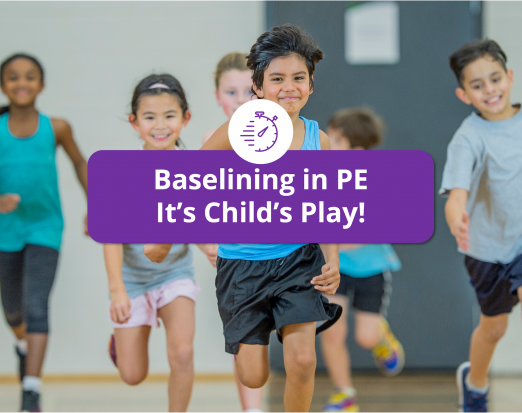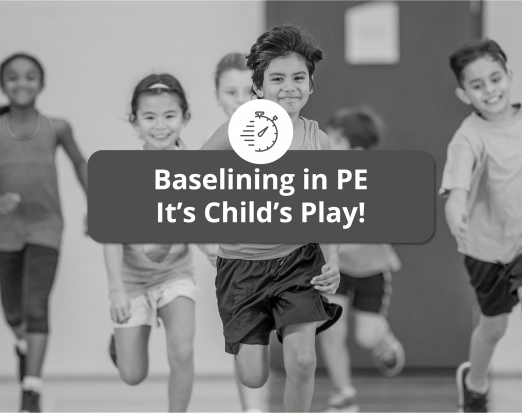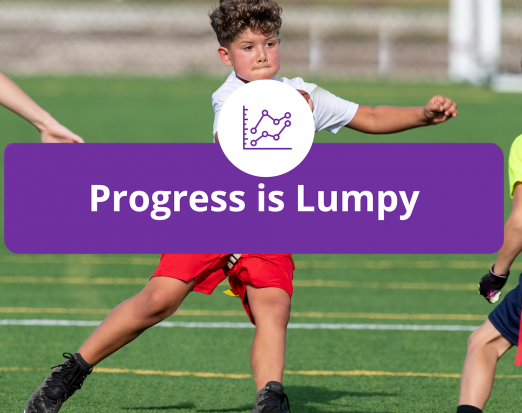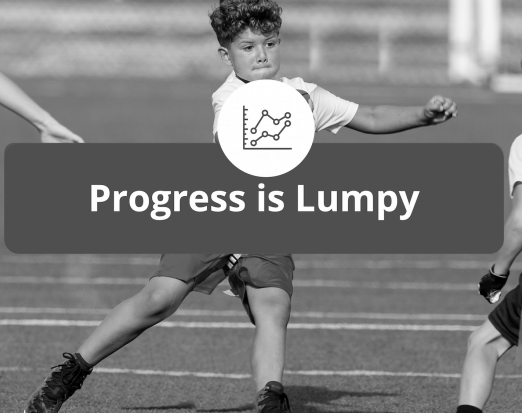Get Sport Ready - Multi-Skilled Programme for all Components of Fitness

Up and down the side-lines of grassroots football pitches you will hear the murmurings of spectators talking about the need for players to be “just that little bit fitter!” It is also something that we all say when we are talking about getting in the gym or returning to activity, in this sense, most of the time people are talking about endurance. Remember, endurance (sometimes called aerobic fitness, conditioning or even stamina) is just a component of fitness, like speed, agility, power and strength.
A good level of endurance or aerobic ability has obvious health benefits, as it’s related to the cardiovascular system. When playing sports, a good level of endurance is the ability to sustain a certain intensity over a longer period of time. Additionally, endurance or aerobic ability will aid in recovery rates - for example, when recovery from a sprint.
Endurance Training for Children
Remember, for the young children, activities, playing, and training should be fun, unstructured and in most cases, take a multi-sport, multi-activity approach. Allowing the children to enjoy training whilst developing the fundamental movement skills of running, jumping, throwing and catching. A multi-skilled programme will include activities to improve the aerobic system, but will also positively impact on the child’s strength, Power, and Speed.
At this stage of development, encouraging healthy habits in children is far more beneficial than any form of prescribed endurance programme. The chief medical officers’ recommendations of 60 minutes of moderate-vigorous activity every day will help to provide children with all the necessary components of fitness.
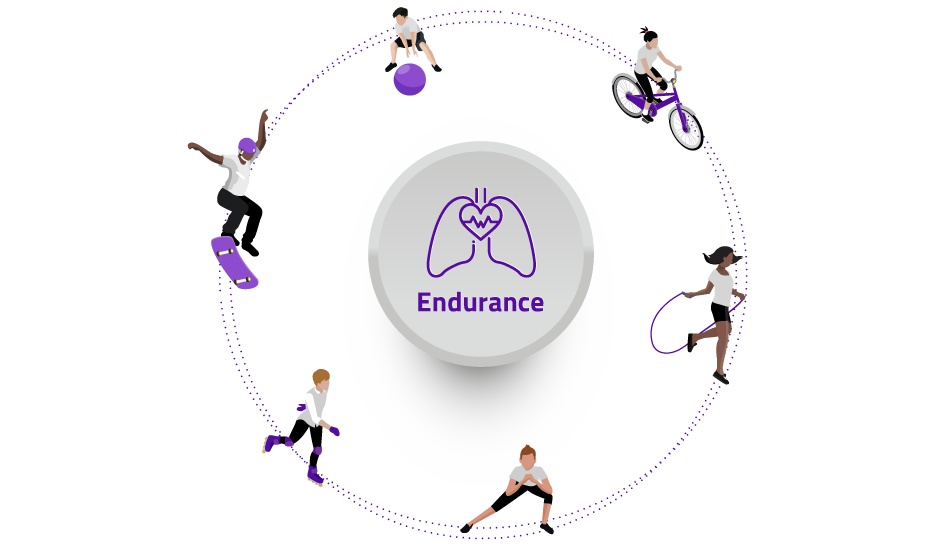
Pre-Peak Height Velocity athletes should continue to develop the fundamental movement skills, the unstructured nature of training will help develop strength as a base and in turn, agility, power, speed and endurance.As children develop and mature, training may become more structured, as this can help coaches to develop specific qualities, such as strength, agility, and endurance. However, at this stage, focus should still be placed on strength, speed, power and agility as these will give you the foundations to be sport ready.
It is also important to remember, that when you train, the benefits of training are very rarely singular. For example, even if you specifically set out to improve agility, you may see improvements in your speed. Likewise, developing strength will have power benefits too. Therefore, focusing on strength, Speed, Power and Agility could have a positive impact on your overall endurance, which is also important as adding lots of aerobic conditioning at this stage could also lead to overtraining, and fatigue (also long distance running is not great fun for children).
We all have good intentions when we train and when we coach, but overtraining is a very real danger, especially when we are prescribing endurance training. Again, from a multi-skilled programme, focusing on all aspects of fitness will reduce the risk of overtraining. Overtraining happens when an athlete trains more than their body can cope with. This can lead to tiredness, fatigue, drops in performance levels and can increase the risk of injury.
After peak height velocity (PHV), approximately (boys 11-13-years-old for boys – 9-11 years-old for girls), a period of aerobic training might be beneficial, especially if they have become less active. However, we would really recommend that the multi-sport, or a multi-activity approach remains in place, with slightly more structured sessions around other component of fitness. According to Llyod and Oliver (2012), endurance or metabolic conditioning can be prescribed at a later stage of development, where the energy system or the demands of the sport can also be considered.
Try This to Check your Endurance Level
If you really want to check on your Aerobic Capacity, why not try the 300 yard sprint, simply watch the video below, follow the instructions, record your score and continue to train, come back to it in 8 weeks and see if anything happens with your score!
Overall, Endurance is a component of fitness that is important for success in many sports, but let’s reflect on something that we mentioned earlier, training is very rarely does a certain type of training exclusively develop one component, so by focusing on Strength, Power, Speed and Agility along with a multi-activity approach, especially earlier in your LTAD journey, positive results in terms of endurance can be achieved. Most importantly remember sport should be fun!
If you are still not sure on what activities you may use to develop these components of fitness - we can help, our Sports App’s allow your players to train at home to build the correct foundations, giving coaches more time on the pitch to develop technical and tactical skills with their players and allowing them every chance of realising their potential. Check out the Apps below:
Our goal is to develop effective movement strategies in children, with their movements becoming more efficient, demonstrating improvements in motor control and performance. Hopefully this will also improve their confidence and their enjoyment in being both active and playing sport.
Improve a range of fitness components and motor skills in children
The Total Sport App empowers children to access fun activities to improve a range of fitness components and motor skills.
- Develop the fundamental movement skills - agility, balance and coordination
- Try new skills, like dance and yoga
- Learn the importance of nutrition, sleep and activity for overall wellbeing
